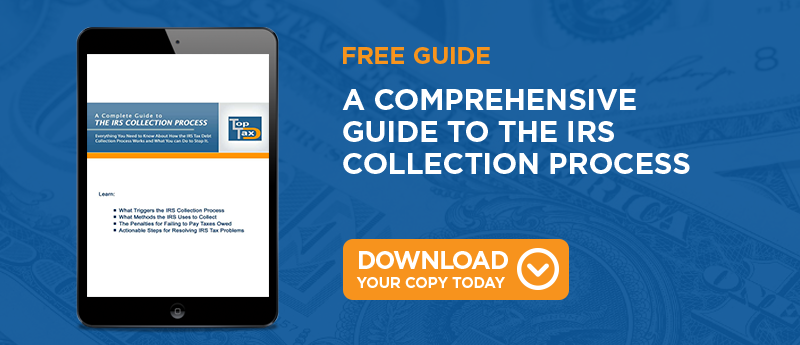
The prospect of resolving a federal tax lien can be a frightening one for any taxpayer. Owing a large amount of money to the IRS can make it difficult for taxpayers to take care of their other responsibilities, which may prevent them for collecting funds to repay their obligation. Once a tax lien has been enforced, the IRS will only remove it after the full obligation has been paid. However, the agency can do this through either a tax lien withdrawal or a tax lien release. The end result of both processes is the same, but the manner in which the IRS removes the lien can have a significant impact on taxpayers' credit ratings.
What is a Tax Lien Withdrawal?
When the IRS withdraws a Notice of Intent to File a Tax Lien (NFTL), the agency takes proactive measures to remove the intended lien before it actually places the lien on the account. This typically happens when taxpayers take the initiative to repay their full obligation as soon as they receive the notice in the mail. Once the full tax obligation has been paid, the IRS is required to withdraw the intent to file a lien within 30 days of the payment.
What is a Tax Lien Release?
On the other hand, a tax lien release is issued when a taxpayer repays the full obligation after the lien has already been placed on his or her account. This typically occurs when the taxpayer has not responded to the NFTL and the IRS proceeds with placing the lien on the account. Despite the enforcement of the tax lien, the IRS will accept full payments to clear the lien. Taxpayers may also be able to make partial payments, which can help to remove the tax lien over time. In general, the IRS will accept payments to resolve back taxes and then hold off on selling the property to pay the debt.
Which is Better for You?
In most, if not all, cases, the tax lien withdrawal is far better for taxpayers than the tax lien release. The main reason for this is that the tax lien withdrawal takes place before the lien is actually placed on the account. In this instance, the taxpayer's credit rating is never impacted, because the credit agencies never receive notice that the IRS has placed a lien on the property. In contrast, a tax lien release takes place after the lien has been enforced, which means that the taxpayer's credit report will contain information about the lien for up to seven years.
The difference between a tax lien withdrawal and a tax lien release can make a significant impact on a taxpayer's credit rating. For this reason, it's important for individuals to learn how to take advantage of a tax lien withdrawal or avoid tax liens if at all possible.




